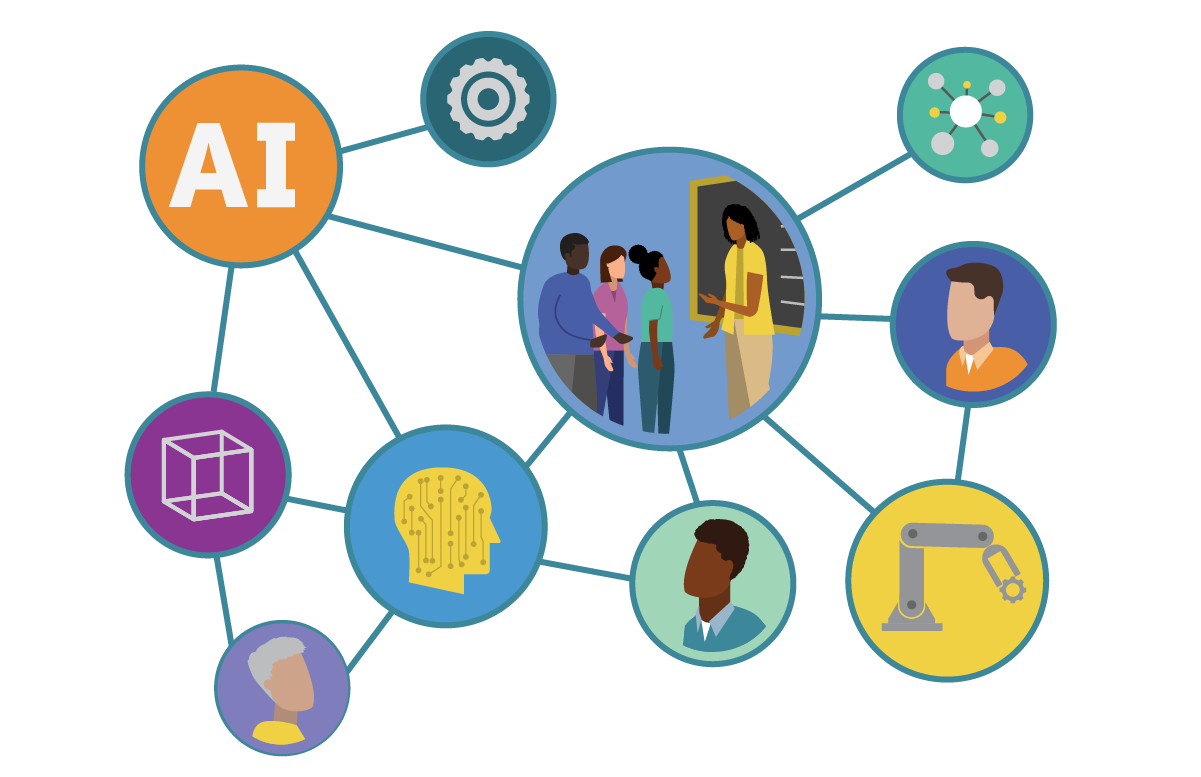
Embracing Artificial Intelligence in Education
In recent years, the landscape of education has evolved dramatically, driven by technological advancements and innovative teaching methodologies. Among these developments, Artificial Intelligence (AI) has emerged as a transformative force, promising to redefine traditional learning environments and elevate educational outcomes. Recognizing this potential, the U.S. Department of Education is actively encouraging schools across the nation to harness the power of AI to create more personalized, engaging, and effective learning experiences for students.
The Rationale Behind Promoting AI in Schools
The push for AI integration stems from multiple factors, including the need to address diverse student learning styles, improve educational accessibility, and prepare students for a future increasingly dominated by technology. The Department’s initiative aligns with the broader goal of fostering innovation within the education system to ensure that learners are equipped with the skills necessary for the 21st-century workforce.
By leveraging AI, educators can tailor instruction to individual student needs, automate routine administrative tasks, and deploy intelligent tutoring systems that support personalized learning pathways. This approach not only enhances student engagement but also alleviates some of the pressures faced by teachers, enabling them to focus on creative and interactive teaching methods.
Key Strategies for AI Implementation in Schools
1. Personalized Learning Platforms
One of the primary applications of AI in education is the development of personalized learning platforms. These systems analyze student performance data to identify strengths, weaknesses, and learning preferences, thereby customizing content and assessments accordingly. For example, an AI-powered platform can adapt reading material’s difficulty levels in real-time, ensuring each student is optimally challenged without feeling overwhelmed.
2. Intelligent Tutoring Systems
AI-driven tutoring systems simulate one-on-one instruction by providing immediate feedback and targeted support. These systems are especially valuable in subjects like mathematics, science, and language learning, where they can guide students through complex concepts step-by-step, offering hints or additional resources when necessary.
3. Automating Administrative Tasks
Automation through AI reduces the administrative burden on educators by handling tasks such as grading, attendance tracking, and scheduling. This streamlining allows teachers to dedicate more time to direct student engagement and curriculum development, ultimately fostering a more dynamic and responsive classroom environment.
Challenges and Considerations in Integrating AI
While the benefits of AI in education are compelling, implementing these technologies is not without challenges. Key considerations include:
- Data Privacy and Security: Protecting student information is paramount. Schools must ensure that AI systems comply with privacy laws and that data is securely stored and managed.
- Bridging the Digital Divide: Ensuring equitable access to AI tools remains a hurdle, particularly in underserved communities where technology infrastructure may be lacking.
- Teacher Training and Support: Successful AI integration requires educators to be adequately trained in utilizing these tools effectively. Ongoing professional development is essential.
- Ethical Considerations: Decision-making algorithms must be transparent and free from biases that could negatively impact student outcomes.
The Future of AI in Education
The Department’s advocacy for AI in schools signals a future where technology and education intersect more deeply than ever before. Trends suggest a move toward fully adaptive learning environments, where AI continuously supports student growth and teacher development. Furthermore, as AI technologies become more sophisticated, we can anticipate increasingly intuitive and immersive educational experiences, including virtual and augmented reality integrations powered by artificial intelligence.
Additionally, AI can play a pivotal role in data-driven decision-making at the policy level, helping administrators identify areas for improvement and allocate resources more effectively. This comprehensive approach ultimately aims to create inclusive, innovative, and high-quality educational systems capable of preparing students for the complexities of the modern world.
The Role of Schools and Educators in AI Adoption
For AI integration to succeed, active participation from all stakeholders is necessary. Schools must foster a culture of innovation, promote collaborative learning among teachers, and involve students and parents in understanding the technology’s benefits and limitations. Teachers serve as critical mediators, leveraging AI tools to enhance instruction while maintaining a human-centered approach.
Furthermore, educators should advocate for responsible AI use—ensuring that implementations respect ethical standards and promote equal opportunities for all learners. Encouraging feedback and continuous assessment of AI tools allows for iterative improvements aligned with educational goals.
Conclusion: A Promising Horizon for Education
The U.S. Department of Education’s initiative to promote AI in schools underscores a pivotal shift toward futuristic, student-centered learning. By thoughtfully integrating AI technologies, educational institutions can unlock new potentials—improving academic achievement, fostering innovation, and preparing students for a technology-driven society.
As we move forward, continuous dialogue, investment, and collaboration among policymakers, educators, technologists, and communities will be essential to realize AI’s full potential in education. Embracing this change promises to cultivate a more equitable, adaptive, and inspiring learning environment for generations to come.
For more updated news please keep visiting Prime News World.








